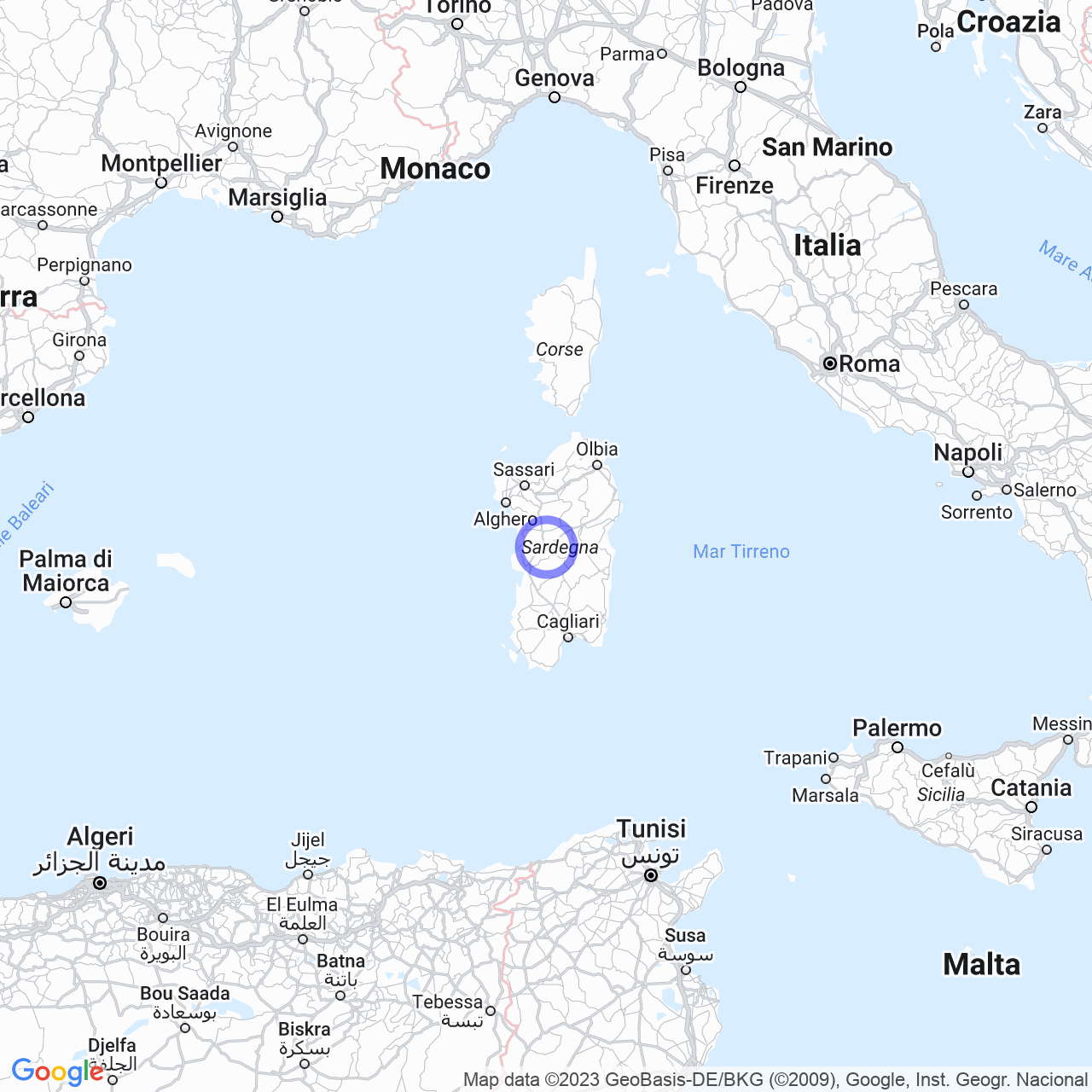Zuri
Zuri: A Fascinating Geographic Fraction
If you're looking for an interesting holiday destination, Zuri might be the perfect place. This geographic fraction of the municipality of Ghilarza, in the province of Oristano, boasts a fascinating history and breathtaking monuments.
History
Zuri is an ancient territory, dating back to the Neolithic period and Nuragic Sardinia. With the history of Judicature Sardinia, it became part of the curatoria of Guilcier, later called Ozier Real. With the Aragonese conquest of Sardinia in 1416, the territory passed into the hands of Valore di Ligia, but after this change of ownership there were clashes with the inhabitants of the two districts who were killed there. In 1435, the village was granted a fief to Galcerano de Requenses, while in 1537 the fief passed to the Torresani family. In 1839, the old feudal form was abolished, and the village became a free municipality.
It is worth noting that the old Zuri was located on the banks of the Tirso River. However, with the construction of the Santa Chiara dam and the subsequent filling of Lake Omodeo in the 1920s, the village was evacuated and rebuilt upstream. Only the San Pietro church, dating back to the thirteenth century, was dismantled and rebuilt in the new village.

Monuments and Places of Interest
If you have decided to visit Zuri, you should start with the village's most famous monument: the Church of San Pietro. This religious building dates back to the thirteenth century and is considered a gem of Romanesque-Gothic architecture. In the 1920s, it was dismantled and rebuilt on the hill where it currently stands. While the church falls within the Diocese of Alghero-Bosa, the rest of the municipal territory belongs to the Archdiocese of Oristano.
Notes
Zuri is a peaceful and quiet village with a rich history to discover. If you want to visit this fascinating place, I recommend taking a walk in its central square and admiring the view. Here, you will meet several friendly locals who will be happy to share the history of their village with you. Additionally, you can visit the Church of San Pietro and immerse yourself in its extraordinary architecture.
Bibliography
If you want to deepen your knowledge of Zuri's history, I recommend reading "San Pietro di Zuri" by Carlo Aru, published in 1926. Another useful source is "La Chiesa di Zuri" on the Nuraghe.
